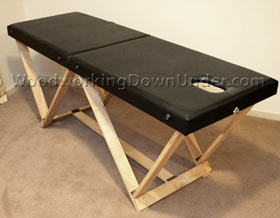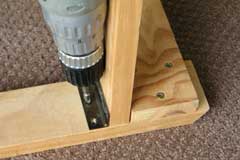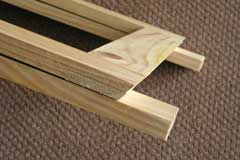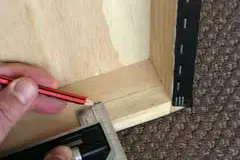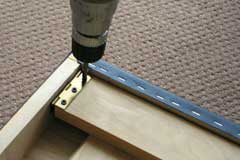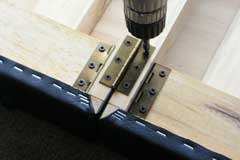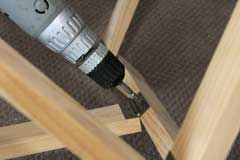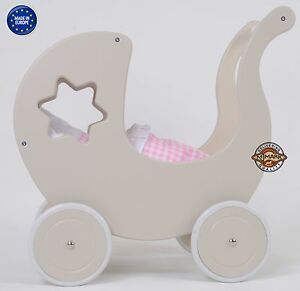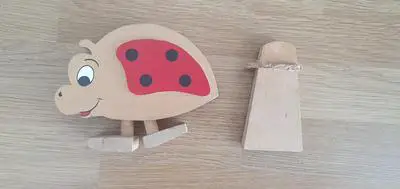Massage Table Plans
Save money with this DIY project to make your own portable massage table. The materials for this project will cost a lot less than buying a brand new table, and probably even less than a good second hand one.
If you need some help from a woodworking friend, you can always return the favor by offering them a free massage.
Tools
This massage table plans has been designed to be made with the minimum of woodworking tools, in fact the average home handyman is more than likely to have everything that is needed.
There is one small challenge, however, and that is that you will need the tools to make a half lap joint. It can be done with hand tools and a bit of patience. Otherwise a woodworking friend may be kind enough to do this part for you.
- Cordless power drill.
- Tenon saw.
- Smoothing plane.
- Combination square.
- Sliding bevel.
- Woodworking clamps.
- Builders square.
- A selection of drill bits.
- Sanding block with 120 and 80 grit sandpaper.
Materials
Please note all sizes in this massage table plan are nominal, which means that actual size may vary slightly. These are standard sizes available from most hardware and timber suppliers.
- Part A - 2 pieces 9mm thick plywood 600 x 900mm.
- Part B - 19 x 50mm pine, 3.6m and 2.4m long.
- Part C - 19 x 64mm pine, 2 pieces 2.4m long.
- Part D - 19 x 64mm pine, 2 pieces 2.4m long.
- Part E - 19 x 64mm pine, 1 piece 1.2m long.
- 14 Hinges 19 x 64mm
- 84 Woodscrews 6g 12mm long (for the hinges.)
- 8 Woodscrews 8g 12mm long.
- 32 Woodscrews 8g 30mm long.
- 25mm Finish Nails.
- Foam rubber - 2 pieces 50mm thick 600 x 900mm.
- Vinyl cloth, 1.3m x 1.0m.
- Woodworking glue.
- Staples.
- Handle and latch.
Massage Table Plans
Step by Step Instructions
Always a good idea to read through the instructions with the massage table plans.
Step 1
Make 2 frames (part B) to fit the plywood (part A). Glue and nail the frame to the plywood. Cut out the face hole in one part only. Round off the edges. Place the foam rubber on the plywood side and trim off the excess as necessary. Attach the vinyl cloth to the timber frame with staples.
Step 2
Make 2 each of part C. Note the angle as shown in the end view. Make sure these parts fit inside of the frame of part B.
Step 3
Make 2 each of part D. Note the angle as shown and the use of a half lap joint. This is where the Stanley No.4 woodworking plane comes in handy.
Step 4
Attach parts C to part D with a hinge as shown.
Step 5
Showing the massage table legs parts C and D folded flat. Note the orientation of the angle of part D.
Step 6
Mark a line 20mm from the edge for the holes for the hinges. This distance may vary slightly according to the hinges you use. What is important is that there is enough clearance when the legs are folded flat.
Step 7
Place one set of legs inside the frame as shown in the photo. Mark and drill the holes and fit the hinges. Do the same for the other half of the table.
Step 8
Line up the two halves of the table and fix the hinges in place.
Step 9
Turn the massage table right side up and measure the length for the spreader bar. Cut the spreader bar to length, attach the hinge in the middle and attach it to the two legs.
Step 10
Final Assembly.
Fit the handle, latch and studs, and your new massage table is complete.
Download Massage Table Plans
Free digital download massage table plans.

This work is licensed under a Creative Commons Attribution-ShareAlike 4.0 International License.
Ask me anything, share your project
Here you can ask me anything, share up to 4 photos of your projects.
How to turn your hobby into a profitable business.
Solo Build It! (SBI!) is an online platform that empowers solopreneurs to build profitable online businesses. For over two decades, SBI! has been trusted by members to turn their passions, hobbies, or skills into successful ventures. Recently, the introduction of ChatGPT has ushered in a new era of AI-assisted content creation within SBI!.
Allow me to introduce you to Tai, your business-building AI assistant. Tai is now available in SBI! and can help you navigate the world of online entrepreneurship. Whether you’re a complete beginner or an experienced solopreneur, SBI! provides everything you need to create an income-generating website or blog.
Here are some reasons why starting an online business with SBI! and Tai is a great choice:
- Adaptable Lifestyle: Building an online business adapts to your desired lifestyle. Enjoy newfound freedom without being tied down to another job.
- Low Startup Costs: You don’t need significant capital to begin. All you require is a computer, internet access, a roadmap, and an affordable platform like SBI!.
- Flexibility: Work as much or as little as you want, wherever you choose. Once you’ve built a solid foundation, you can earn money even on days you don’t actively work.
- Portability: Take your business with you, especially if travel is part of your retirement dream.
- Global Impact: Help people worldwide by sharing your knowledge and expertise.
- Continuous Learning: Running an online business keeps your mind active and energized.
SBI! combines education, tools, and a proven process to give you the highest chance of achieving your financial goals. Whether you’re aiming for financial independence or simply want a rewarding project during retirement, SBI! can guide you.
If any of this resonates with you, I invite you to explore SBI! and discover how it can help you build your online retirement business. Even if you’re a beginner, SBI! provides the resources you need to succeed. Say hello to Tai and embark on your entrepreneurial journey! 🚀
Learn more and try Tai for free on the Solo Build It! website.
